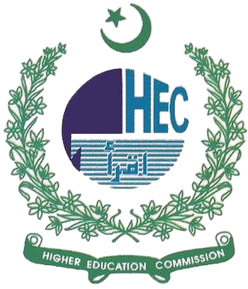EXPLORING ORAL ENGLISH PROFICIENCY CHALLENGES AMONG ESL LEARNERS AT THE SECONDARY SCHOOL LEVEL: CAUSES, CLASSROOM IMPLICATIONS, AND REMEDIAL STRATEGIES
Keywords:
ESL Acquisition, Oral Speaking Proficiency, qualitative research, difficulties in speaking, remedies for ESL speaking.Abstract
This qualitative study looks at the oral proficiency challenges faced by secondary-level ESL learners. It uses a phenomenological research design to explore the causes and effects on teaching methods. Through purposive sampling, the study included 60 ESL students and 12 instructors from a Public and Private Schools. It gathered data through semi-structured interviews, systematic classroom observations. Thematic analysis of this data uncovered three main areas of difficulty: linguistic barriers, especially in pronunciation and fluency; psychological factors, particularly communication anxiety; and instructional limitations, such as focusing too much on grammatical accuracy at the expense of practical communication. These interconnected issues pose significant hurdles for developing oral skills in the classroom. The study adds to current literature by suggesting a combined approach to tackle oral proficiency challenges. This includes task-based language teaching along with specific strategies to build confidence. The practical recommendations highlight the importance of changing curriculums to provide more meaningful speaking opportunities. They also call for professional development programs that concentrate on teaching oral skills and strategic use of technology for practice. These research-backed suggestions offer clear ways to improve ESL teaching and learning outcomes, while also pointing to future research opportunities in technology-enhanced language learning and comparisons of oral proficiency development across various educational settings. The research emphasizes the need for a well-rounded approach to developing oral skills in secondary ESL education.
Downloads
Published
Issue
Section
License

This work is licensed under a Creative Commons Attribution-NonCommercial-NoDerivatives 4.0 International License.


